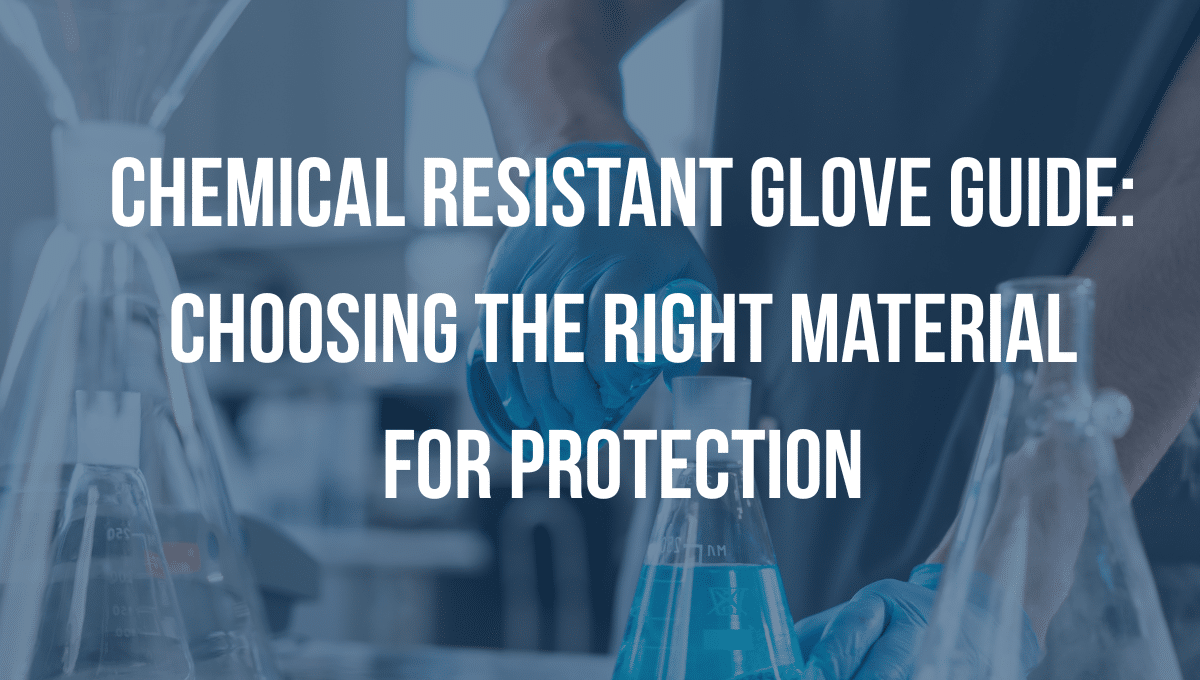Selecting the correct chemical resistant gloves is critical to safeguard against skin exposure to dangerous substances. Different glove materials resist specific chemicals—here’s a breakdown of common materials and their applications.
1. Nitrile Gloves
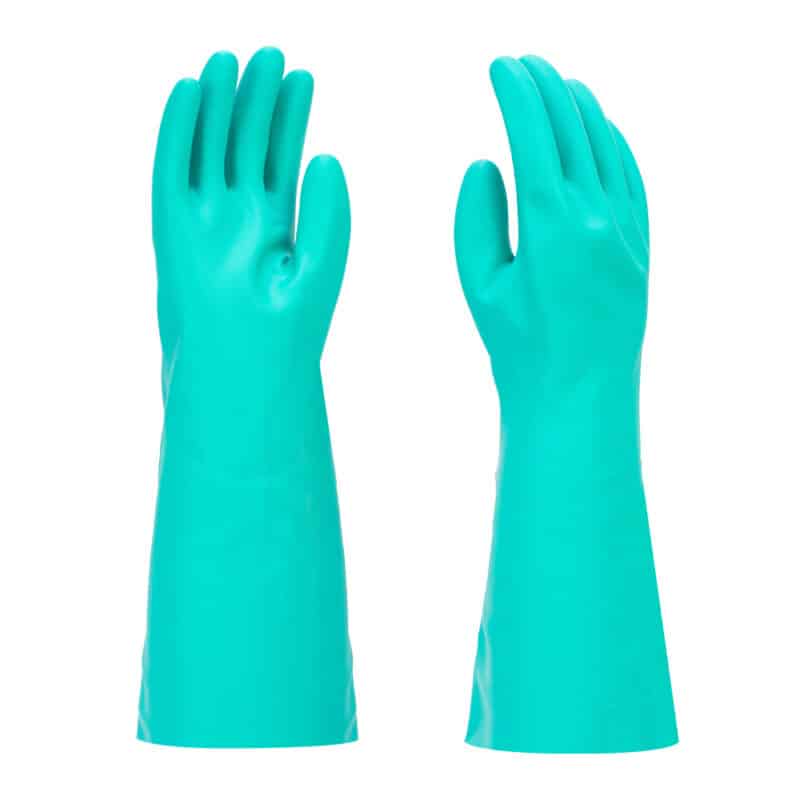
- Best For: Oils, greases, solvents (e.g., gasoline, acetone), and mild acids/bases.
- Avoid: Ketones (e.g., MEK), strong acids (e.g., sulfuric acid), and chlorinated solvents.
- Features:
- Puncture- and abrasion-resistant.
- Good dexterity for precision tasks.
- Example: SafetyWare Nitrile Chemical-Resistant Gloves (EN 374-certified).
2. Latex (Natural Rubber) Gloves
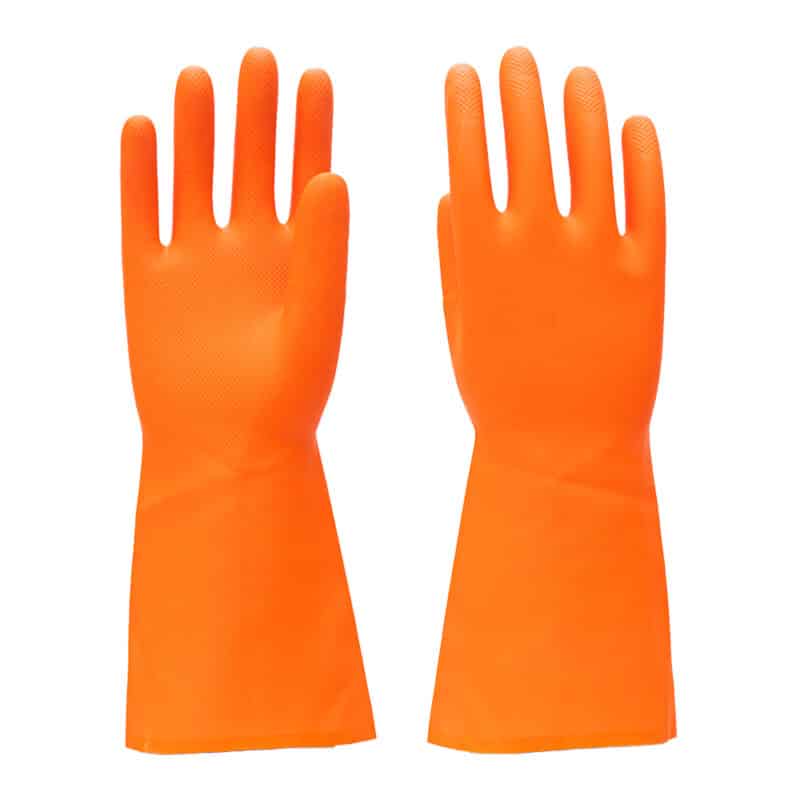
- Best For: Water-based solutions, alkalis, and alcohols.
- Avoid: Oils, solvents, ozone, and oxidizing acids (e.g., nitric acid).
- Features:
- High elasticity and comfort.
- Prone to degradation over time.
- Note: Not ideal for those with latex allergies.
3. Neoprene Gloves
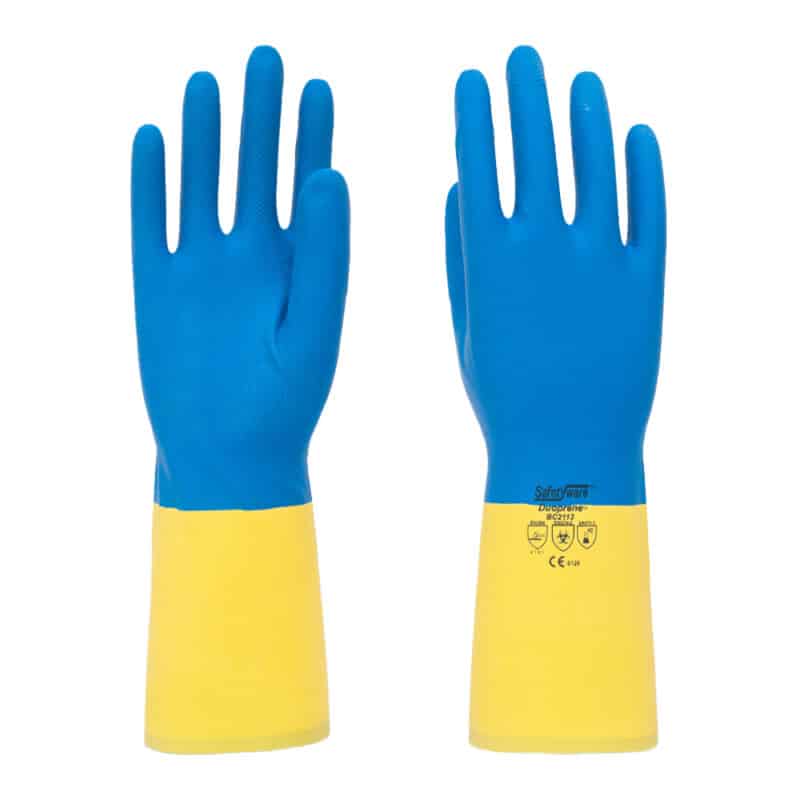
- Best For: Acids, bases, alcohols, and petroleum products.
- Avoid: Halogenated hydrocarbons (e.g., chloroform).
- Features:
- Excellent durability and flexibility.
- Resists ozone and weathering.
- Example: SafetyWare Neoprene Acid-Resistant Gloves.
4. PVC (Polyvinyl Chloride) Gloves
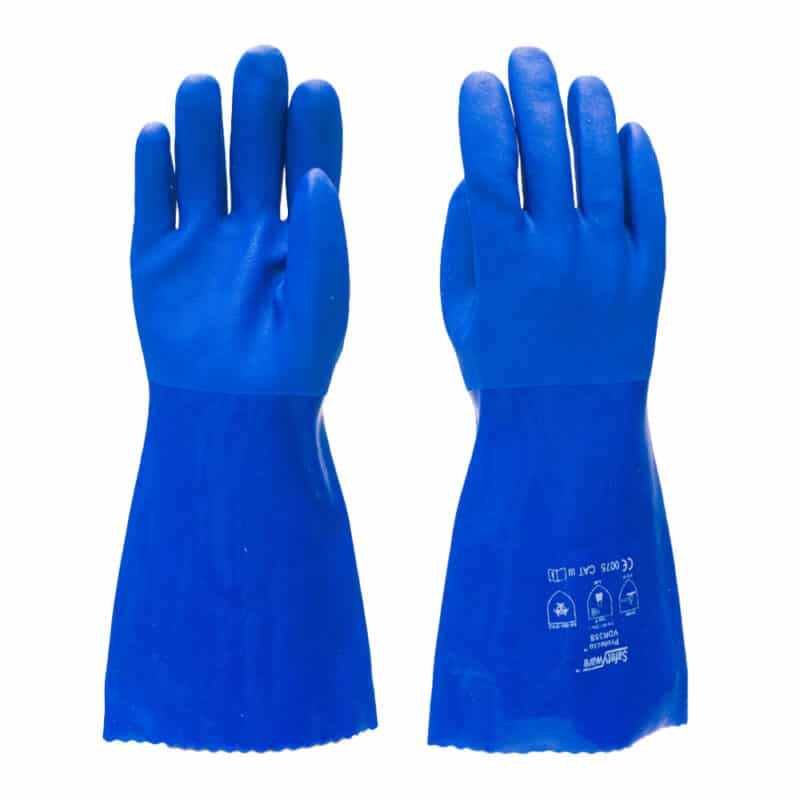
- Best For: Acids, bases, oils, and fats.
- Avoid: Organic solvents (e.g., toluene) and high temperatures.
- Features:
- Heavy-duty and abrasion resistant.
- Stiff in cold environments.
5. Butyl Rubber Gloves
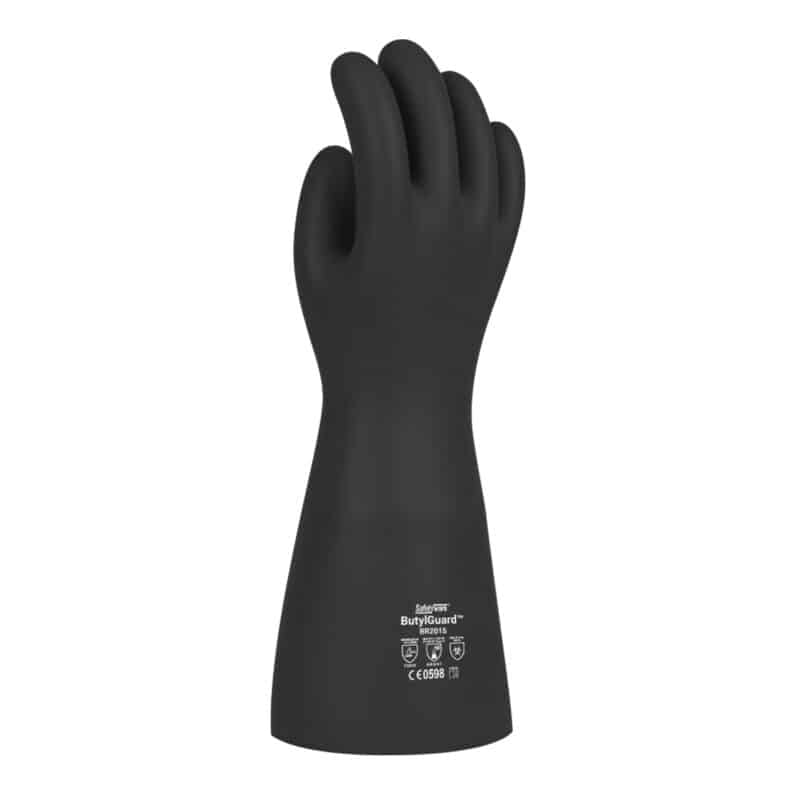
- Best For: Ketones, esters, and strong acids (e.g., nitric acid).
- Avoid: Aliphatic or aromatic hydrocarbons.
- Features:
- Superior gas and water vapor resistance.
- Low flexibility.
Quick Comparison Chart
| Material | Strengths | Weaknesses |
|---|---|---|
| Nitrile | Oils, solvents, punctures | Ketones, chlorinated solvents |
| Latex | Water solutions, flexibility | Oils, solvents, allergies |
| Neoprene | Acids, bases, alcohols | Halogenated hydrocarbons |
| PVC | Acids, fats, abrasion | Organic solvents, cold stiffening |
| Butyl | Ketones, esters, gases | Hydrocarbons, stiffness |
How to Choose the Right Glove
- Check Compatibility Charts: Match the glove material to the chemical
- Consider Thickness: Thicker gloves offer longer exposure protection but reduce dexterity.
- Test for Permeation: Ensure the material resists chemical penetration over time.
- Prioritize Certifications: Look for EN 374 (EU) or ASTM D7399 (US) standards.
Conclusion
reducing glove material protects against all chemicals. By understanding the strengths and limitations of each type, workers can safely handle dangerous substances while reducing exposure risks. Always consult chemical compatibility guides and prioritize certified gloves for reliable protection.
For chemical resistant gloves fitted to your needs, explore SafetyWare’s range here.
Any Questions? Contact Us:
📩 Email: [email protected]
🌐 Website: www.safetyware.com
📞 Contact us: WhatsApp

